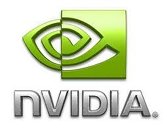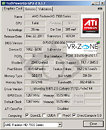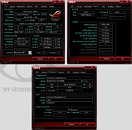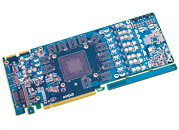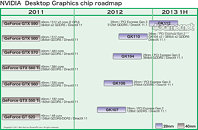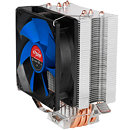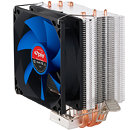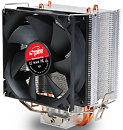Radeon HD 7800 Series Inbound for March, NVIDIA Kepler in April: Report
AMD's Radeon HD 7800 series performance GPUs that target cost-benefit sweet-spots will be launched in the first half of March. The launch will include Radeon HD 7870 and Radeon HD 7850. The two SKUs are based on a new 28 nm ASIC codenamed "Pitcairn". Little is known about its specifications at this point, from reliable sources at least.
In April, AMD's rival NVIDIA will get its GeForce Kepler family of GPUs, all guns blazing. In April alone, NVIDIA is expected to launch a high-end part, the GeForce GTX 690, a performance part, the GeForce GTX 660, and mainstream part GeForce GTX 640. The three will be based on three new ASICs built on the 28 nm process, the GK110, GK104, and GK106, respectively.
April will be the most interesting month for PC enthusiasts as Intel will launch its third-generation Core processor family, codename "Ivy Bridge". Little is known about AMD's high-end Radeon HD 7990 "New Zealand".
In April, AMD's rival NVIDIA will get its GeForce Kepler family of GPUs, all guns blazing. In April alone, NVIDIA is expected to launch a high-end part, the GeForce GTX 690, a performance part, the GeForce GTX 660, and mainstream part GeForce GTX 640. The three will be based on three new ASICs built on the 28 nm process, the GK110, GK104, and GK106, respectively.
April will be the most interesting month for PC enthusiasts as Intel will launch its third-generation Core processor family, codename "Ivy Bridge". Little is known about AMD's high-end Radeon HD 7990 "New Zealand".


